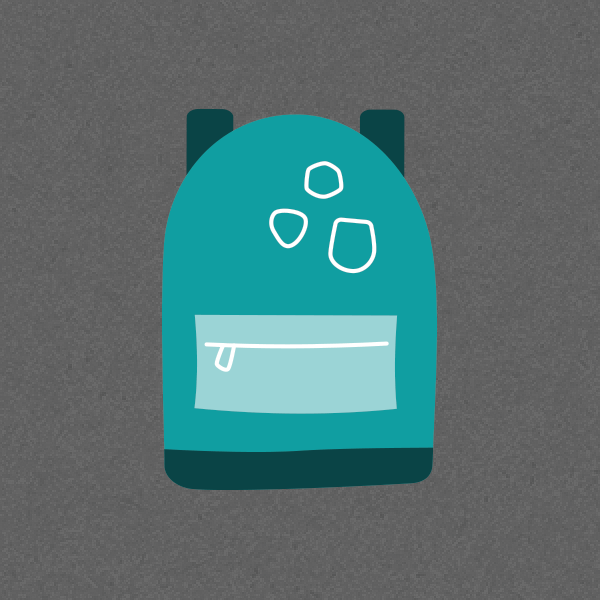Say no to Soda Mountain Solar! A former Mojave superintendent shares her memories and opposition to this dangerous project.
It’s a wondrous thing to have a million and a half acres of spectacular natural habitat right in your back yard. I know because for ten years, I woke to the vast beauty of the California desert each morning and had a unique role in both protecting and helping the public enjoy it: I was deputy superintendent of Mojave National Preserve after Congress established the park in 1994 and became superintendent the following year, where I served in the park for a decade.
Protecting this special place wasn’t just a job—it was passion for me, and still is.
From my first spring working at the park, when the Joshua trees bloomed with an unusual and profuse intensity, to return visits where the desert greets me with its endless vistas and dark night skies, I have always known that Mojave is a magical place. I’ve shared memorable times here with people who are dear to me, and I’ve collected hundreds of stories of the animals I’ve shared the trail with, the children who’ve wondered over the smallest details of the natural world with me, the treks with my extended family over Kelso Dunes, and even those wonderful sunrises and sunsets when I’ve been the only human for as far as the eye could see.
I’ve even been a little competitive about all this park has to offer. When I was superintendent at Mojave, my husband was superintendent at Death Valley National Park. He loves bighorn sheep, and though he had seen them in the wild while working in Alaska, he admitted that he hadn’t yet seen them in California. Feeling rather smug, I told him I would be delighted to show him some of Mojave’s desert bighorn sheep. One weekend, I proudly took him up into the Soda Mountains where they posed for us, as if on cue.
Now these same mountains are under threat. Earlier this month, the Department of the Interior approved a plan that would allow developers to build Soda Mountain Solar, an industrial-scale energy plant just outside the official preserve boundary. This highly controversial project, opposed by the National Park Service, could harm the migration of these bighorn sheep, damage habitat for the desert tortoise and burrowing owl, and infringe on the natural scenery and recreational opportunities so dear to visitors.
The diversity of wildlife and landscapes in the desert is something that often surprises first-time visitors, turning skeptics into supporters. The Soda Mountain area was where I saw my first sidewinder. Though I had spent many years throughout the West, fascinated by snakes, I had never encountered one up close until I came to Mojave and saw one shimmying across the ground right in front of me.
Animals in the desert aren’t conditioned to behave any particular way around people, and I found it was particularly special to simply stop and observe them. I would go on horseback rides and know where to find particular animals, like the badger that would greet me on Zzyxx Road in the Soda Mountains. (Yes, that is a real road where a real badger would poke his head out at me, as if to say good night.)
I always loved stopping to watch desert tortoises, too. The Mojave is an important habitat for these endangered animals, and they sure do make themselves at home in the park. When these animals were active and out of their burrows, I could watch them for hours, chuckling at their messy eating habits or the curious way they would look up at me, as if they wanted to ask me a question. I couldn’t help but wonder what was going through their minds.
Though I’ve hiked for thousands of miles in the wilderness, it is extremely rare to see a mountain lion—yet I got to experience this particular thrill at Mojave one morning on my way, of all things, to a meeting. I was out for an early walk and saw two of these beautiful cats not ten feet away from me, one slightly behind the other. I could barely contain my excitement, but eventually had to so as not to scare the other people at the meeting, who might not have recognized how rare and special this visit truly was.
All of these animals are part of the magic of this park—and so are the people that visit to learn about and enjoy them. Mojave is a place that inspires so many visitors, from my own grandson who spent his first night camping with me at Hole in the Wall to the little boy I’ll never forget who asked me all kinds of questions and then finally stopped, looked up at me, and said, “I didn’t know girls could be park rangers!”
In addition to next generation visitors like my grandson, more than three million people visited Mojave National Preserve and Joshua Tree and Death Valley National Parks in 2014, spending millions of dollars in communities surrounding these wondrous places.
Though I am disappointed by the Interior Department’s decision to allow Soda Mountain Solar, that doesn’t mean it is a done deal. In fact, I was heartened by the news on June 11, shortly after the department’s decision, that Los Angeles Mayor Eric Garcetti went on record saying that the Los Angeles Department of Water and Power would not buy energy from this harmful project, raising the hope that conservation could win out over badly sited industrialization.
And let’s hope that it does. This place is too important to so many living creatures—not least of all, us people.
About the author
-
 Mary Martin Former Superintendent of Mojave National Preserve
Mary Martin Former Superintendent of Mojave National PreserveMary Martin served as deputy superintendent of Mojave National Preserve from 1994-1995 and Superintendent from 1995 to 2005.
-
General
-
- Park:
- Mojave National Preserve
-
- NPCA Region:
- Pacific
-
-
Issues


